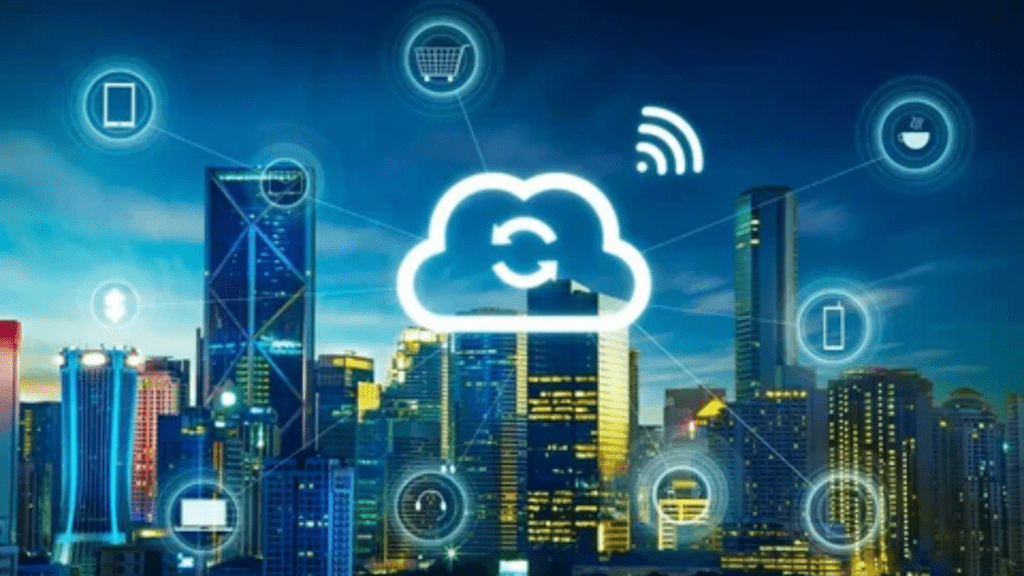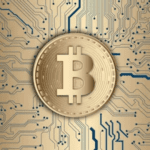As the world rapidly progresses into a digital era, the concept of smart cities is becoming less of a sci-fi fantasy and more of a reality. One of the primary driving forces behind this transformation is none other than 5G technology. But what exactly does that mean for our cities, and can it really help us become the superheroes of urban living? Buckle up as we explore the amazing role of 5G in shaping the smart cities of tomorrow!
What is 5G, Anyway?
Before we dive into the specifics, let’s make sure we’re all on the same page regarding what 5G is. Simply put, 5G is the fifth generation of mobile network technology. It’s like the turbocharged version of 4G LTE. Imagine if your current internet connection was a bicycle; 5G is that shiny sports car zooming past you while you’re stuck in traffic. With speeds up to 100 times faster than 4G, 5G can support a vast number of devices and enable a plethora of applications, especially in smart city infrastructure.
Why 5G Matters for Smart Cities
In the realm of smart cities, 5G is not just another buzzword; it’s the backbone of connectivity. Here’s how it makes a difference:
- Ultra-Low Latency: Think of latency as the time it takes for your message to get from Point A to Point B. With 5G, that time shrinks dramatically—sometimes to a mere millisecond! This is crucial for real-time applications, like traffic management and emergency services.
- Massive Device Connectivity: 5G can connect up to a million devices per square kilometer. That’s a lot of smart trash cans, streetlights, and sensors! It means more data and more intelligent decision-making.
- High-Speed Internet: With speeds that can reach up to 10 Gbps, streaming videos, downloading files, and operating smart devices becomes a breeze. Who wouldn’t want to live in a place where buffering is a thing of the past?
Smart Transportation: The Highway to the Future
One of the most exciting applications of 5G in smart cities is in the transportation sector. Let’s face it: traffic jams are as popular as a root canal. Here’s how 5G is working to ease our vehicular woes:
Connected Vehicles
Imagine your car chatting with other cars and traffic lights, sharing information about road conditions and traffic patterns. That’s not a scene from a futuristic movie; that’s the reality of connected vehicles powered by 5G!
- Traffic Management: Smart traffic lights can adapt in real-time based on traffic flow. Fewer red lights mean fewer honks, and maybe even fewer grey hairs for drivers.
- Autonomous Vehicles: Self-driving cars need lightning-fast communication to navigate safely. With 5G, these vehicles can process data from their environment almost instantaneously, making them safer and more efficient.
Public Transportation
Public transport can be a hassle, but with 5G, we can expect improvements:
- Real-Time Updates: Imagine waiting for a bus, checking an app, and seeing that it’s only two minutes away. With 5G, public transport systems can provide accurate, real-time updates.
- Smart Ticketing: No more fumbling for cash or trying to find your bus pass! With 5G, contactless payment systems can make riding the bus smoother than a well-oiled machine.
Smart Energy Management: Powering the Future
Energy management is another area where 5G shines. As cities grow, so does the demand for energy. Here’s how 5G is helping us manage our energy consumption better:
Smart Grids
- Real-Time Monitoring: With 5G, energy companies can monitor grid performance in real-time, allowing for quick adjustments and maintenance. Think of it as having a personal trainer for your energy grid—always there to optimize performance!
- Predictive Maintenance: By collecting and analyzing data, smart grids can predict failures before they happen, reducing downtime and saving money. Nobody likes unexpected energy bills!
Renewable Energy Integration
- Decentralized Energy Sources: 5G enables the integration of various renewable energy sources, like solar and wind, into the grid. This creates a more resilient energy supply and helps reduce carbon footprints.
- Energy Consumption Tracking: Citizens can track their energy usage in real-time through smart meters. This not only promotes energy conservation but also keeps people accountable—like having a fitness app for your electricity use!
Smart Waste Management: Less Mess, More Success
Let’s face it: no one enjoys dealing with waste. But with 5G, waste management can be more efficient and less odorous!
Smart Bins
Imagine bins that can signal when they’re full. No more overflowing trash cans or unsightly litter in the streets! With 5G, smart bins equipped with sensors can alert waste management services when they need to be emptied. This leads to:
- Optimized Collection Routes: Garbage trucks can take the most efficient routes based on real-time data, saving time, fuel, and emissions. It’s like GPS for your garbage!
- Reduced Costs: By collecting waste only when necessary, cities can save on operational costs, which can be redirected toward more critical services—like ice cream trucks!
Smart Public Safety: Keeping Us Safe and Sound
Public safety is a top priority for any city. With 5G, we can enhance our safety measures in innovative ways:
Surveillance Systems
- Real-Time Video Monitoring: Cities can deploy cameras that send real-time footage to law enforcement. This helps in quick decision-making during emergencies. Think of it as having a superhero surveillance team—minus the capes.
- Facial Recognition Technology: With advanced analytics powered by 5G, authorities can identify suspects quickly, making our streets safer.
Emergency Response
- Improved Communication: 5G allows first responders to communicate with each other more effectively, reducing response times. This means quicker help when it’s needed most—like when your favorite pizza place runs out of your preferred toppings!
- Smart Sensors: Fire alarms and other emergency systems can send alerts directly to emergency services, ensuring swift action. It’s like having your very own emergency alarm system, always on alert!
Enhancing Quality of Life: A Smart City for Everyone
A smart city isn’t just about technology; it’s also about enhancing the quality of life for its residents. Here’s how 5G contributes to this goal:
Public Wi-Fi Access
Imagine sitting in a park, sipping coffee, and browsing the internet—all for free! 5G can enable widespread public Wi-Fi networks that provide seamless connectivity, making cities more connected and enjoyable.
Health Care Innovations
- Telemedicine: With high-speed internet, residents can access healthcare services remotely, saving time and increasing convenience. Picture a doctor’s appointment in your pajamas—sounds appealing, right?
- Wearable Devices: 5G can support a plethora of health-monitoring devices that track vital signs and alert healthcare providers when necessary. It’s like having a mini-doctor on your wrist!
Community Engagement
- Smart Apps: Cities can develop apps that allow residents to report issues, provide feedback, or participate in community decisions. This fosters a sense of belonging and encourages civic engagement. Who knew being a good citizen could be so easy?
The Challenges Ahead: Not All Roses and Rainbows
While the potential of 5G in smart cities is incredible, it’s not without challenges. Let’s take a look at a few of the bumps in the road:
Infrastructure Costs
Implementing 5G infrastructure requires significant investment. Cities must budget wisely, balancing technology upgrades with other essential services. It’s like deciding whether to upgrade your phone or fix that leaky sink—both are important!
Cybersecurity Concerns
With increased connectivity comes increased risk. Protecting sensitive data is crucial, especially as more devices connect to the network. It’s vital to have robust security measures in place—because nobody wants their smart fridge leaking secrets!
Digital Divide
Not everyone has equal access to technology. Ensuring that all residents benefit from smart city initiatives is essential. This means providing access to underserved communities and bridging the digital divide—like giving everyone a seat at the table, even if it’s a folding chair.

Conclusion: The Road Ahead
The role of 5G in shaping smart cities of tomorrow is nothing short of revolutionary. With ultra-fast connectivity, improved public services, and enhanced quality of life, 5G is paving the way for a brighter urban future. However, it’s essential to navigate the challenges carefully, ensuring that all residents benefit from these advancements.
As we look forward to smarter cities, we can only hope that the future includes fewer traffic jams, cleaner streets, and maybe even a few more ice cream trucks. After all, who doesn’t want to live in a place where technology and humor coexist harmoniously? Here’s to the cities of tomorrow—let’s build them together!
Quick Recap: The 5G Smart City Toolkit
| Feature | Benefits |
|---|---|
| Connected Vehicles | Enhanced traffic management, reduced congestion |
| Smart Grids | Real-time monitoring, efficient energy use |
| Smart Waste Management | Optimized collection routes, cost savings |
| Public Safety Systems | Quick response times, improved surveillance |
| Community Engagement | Increased civic participation, better feedback |
So there you have it, folks! With 5G at our disposal, the future of smart cities is not just a pipe



